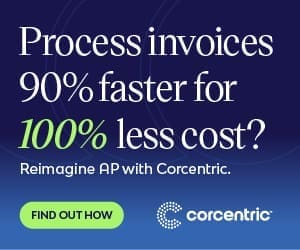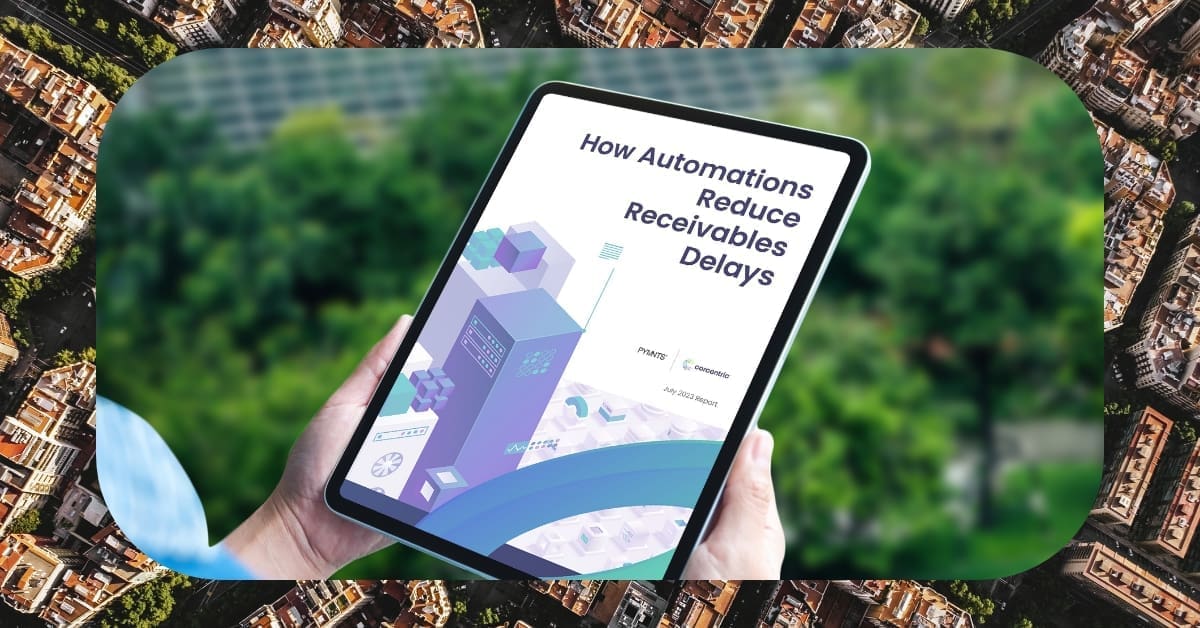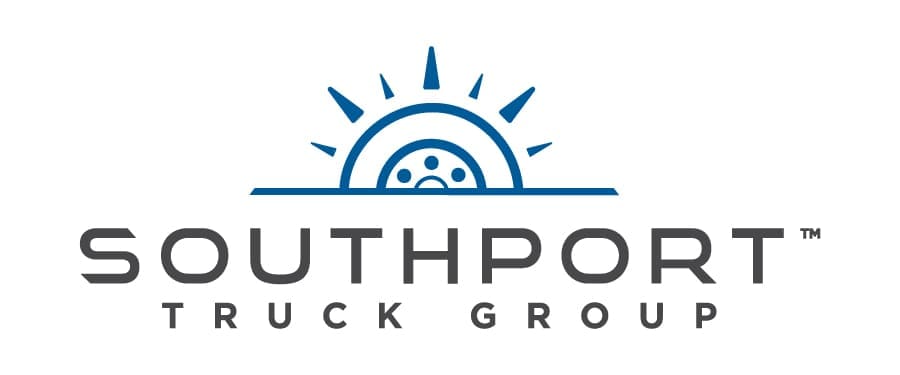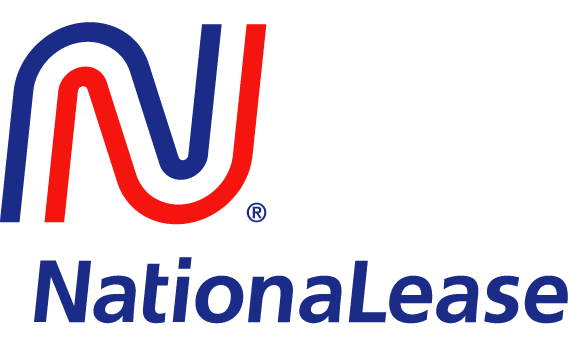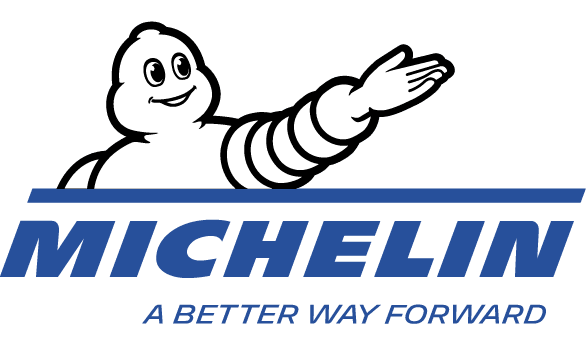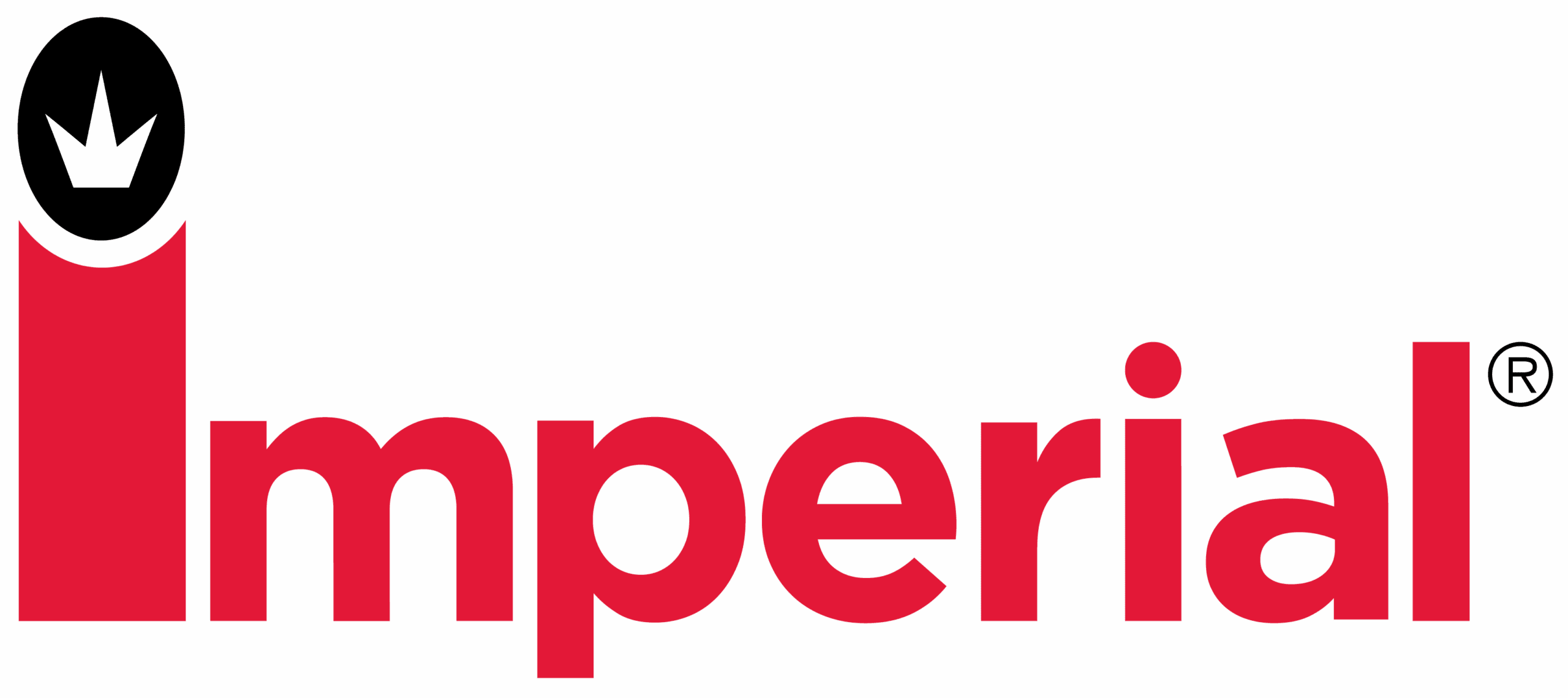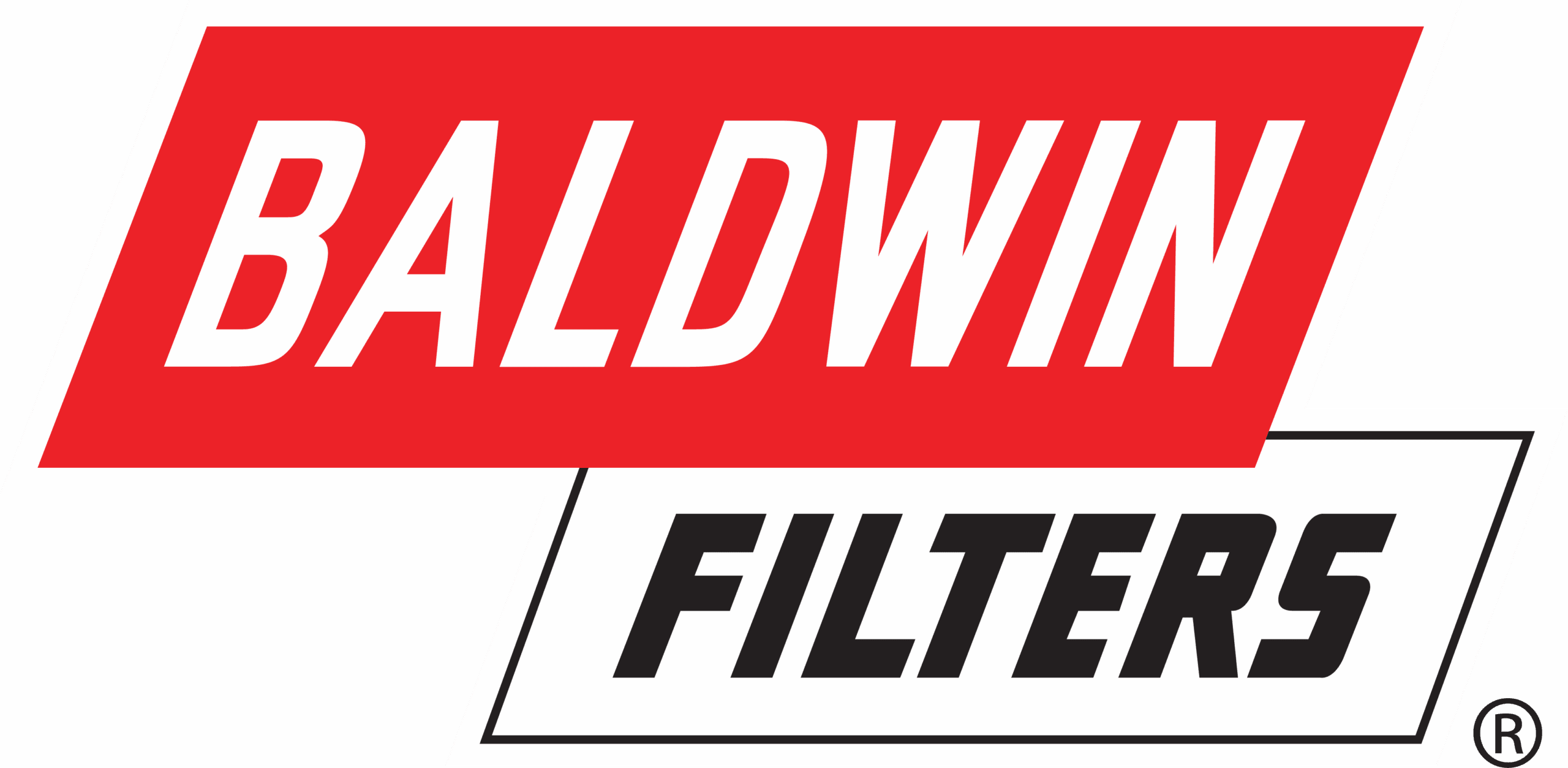Maximizing Operational Performance With Automated P2P Solutions
Corcentric

P2P Accounts Payable Process
For many business, the accounts payable process remains an antiquated system of paper-driven, manual tasks. But, if managed strategically and with the right technology solution, accounts payable can drive significant time and cost efficiencies. To reach that point, finance executives should consider the features, best practices, and support needed to ensure the successful implementation of an automated accounts payable solution.
Software Automation
The key to maximizing operational performance lies in the selection of an accounts payable (AP) automation software. Robust solutions offer range of features that reduce paper-processing, manual labor, and errors that contribute to slow, costly payments. With automated AP software, business can automate the entire PO-to-pay cycle, from PO receipt to payments and reconciliation.
Features
Dynamic discounting capabilities enable AP teams to leverage advantageous payment terms for early payments for earlier discounts. Your chosen solution should also include workflow capabilities to maximize operational efficiency, with rules-based processing and full visibility into the process. Additionally, invoicing automation assists in the streamlining of redemptions and remittances, and further offers the ability to produce wide range of invoices to any third party.
Best Practices
When implementing Softwaresolution for accounts payable, there are four key areas that finance executives should consider:
1. System Design
The chosen solution should be configured to the organizations specific business requirements and then integrated with existing accounting systems. Designing the system around established processes and policies will ensure accuracy and maximize team efficiency.
2. User Experiences
Companies should ensure that the user experience is designed in way that encourages widespread adoption. This can be done by considering user adoption strategies and implementing key performance indicators (KPIs) to measure usage.
3. Training and Support
It is essential that AP teams have the training and resources available to drive successful adoption of the automated solution. Implementing an effective training plan, with the right levels of user support, is critical in order to ensure proper user adoption.
4. Change Management
Making the switch to more automated approach entails organizational change. It is essential to have comprehensive change management program in place to ensure successful adoption of the AP automation software.
Conclusion
To foster greater operational performance and reduce costs, finance executives should explore the features, best practices, and support required to make the switch to automated accounts payable processes. With the right software, it is possible to automate the entire PO-to-pay cycle and take advantage of dynamic discounting capabilities. With all the necessary components in place, an effective accounts payable Softwaresolution has the power to unlock new opportunities for success.
